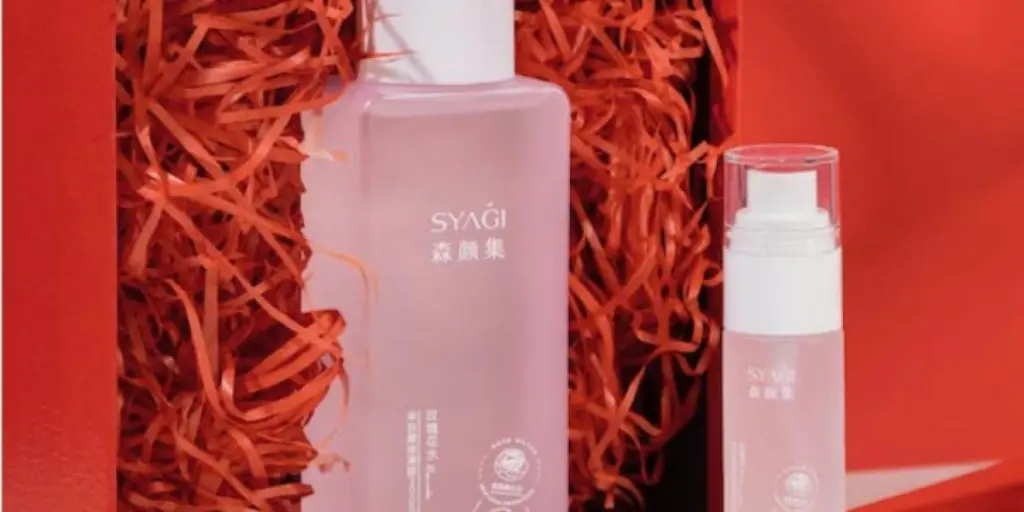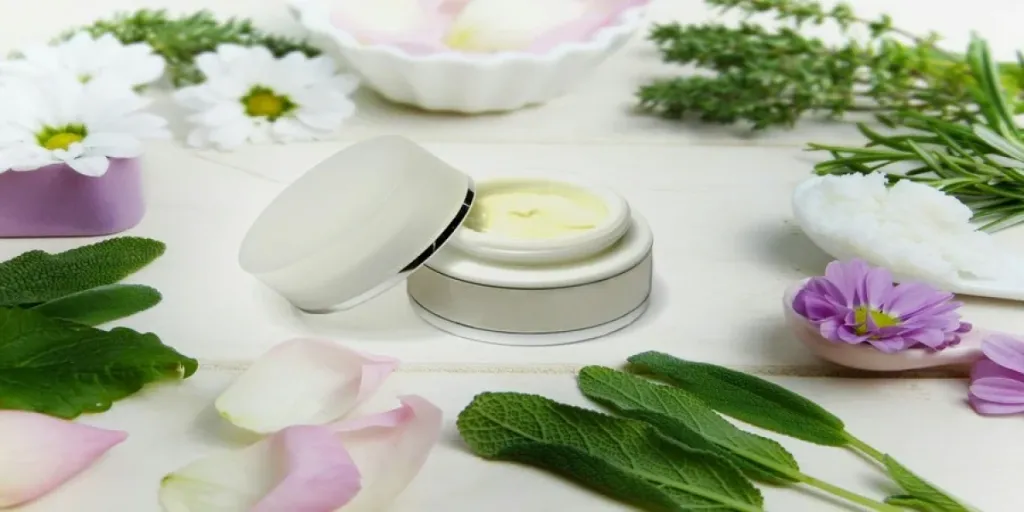Adaptogens are on the rise in the beauty industry, offering skincare, haircare, and overall wellness benefits. Learn about the trending ingredients to know, new applications, and sourcing considerations. With the lines between beauty and wellness increasingly blurred, these plant-based solutions provide holistic stress relief.
Table of Contents:
1. Emerging adaptogenic ingredients with skincare benefits
2. Elevated formulas combining adaptogens and actives
3. Soothing adaptogenic solutions for hair and scalp
4. Adaptogens in holistic beauty formats
1. Emerging adaptogenic ingredients with skincare benefits
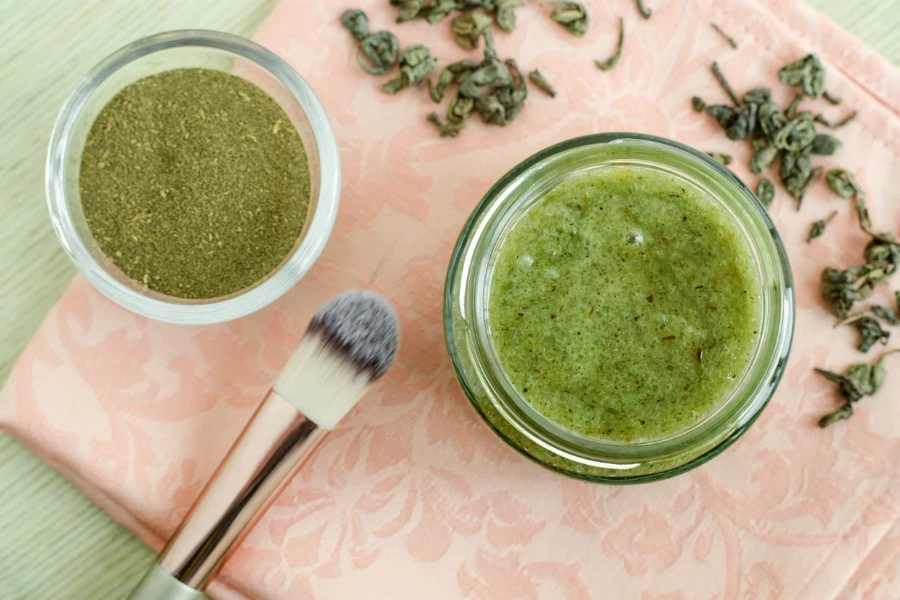
The fungi frenzy shows no signs of slowing down. Antioxidant-rich chaga mushrooms are the star ingredient in South Korean brand SerumKind’s Chaga Charging Drop. The serum repairs damage caused by external irritants and offers deep moisturization. Snow mushrooms, also known as tremella fuciformis, are said to be more hydrating than hyaluronic acid due to their smaller particle size.
Other flora like gotu kola (centella asiatica) harness key skincare benefits. Known as the “fountain of youth” in Sanskrit, gotu kola is a source of antioxidants and has firming and anti-wrinkle benefits. Echinacea, often associated with immunity, has shown promise as an acne and oil-control ingredient.
New Nordic ingredients like cloudberry are also gaining prominence. Rich in antioxidants, vitamin C, and omegas, cloudberry has been used by Vikings and Inuit for its brightening and nourishing properties. This hero ingredient is featured in Lumene’s Nordic-C range.
When introducing novel ingredients, clinical testing and sourcing transparency will gain consumer confidence. Scientists have ethically and sustainably sourced centella asiatica from Madagascar, clinically proven to improve radiance and suppleness.
2. Elevated formulas combining adaptogens and actives
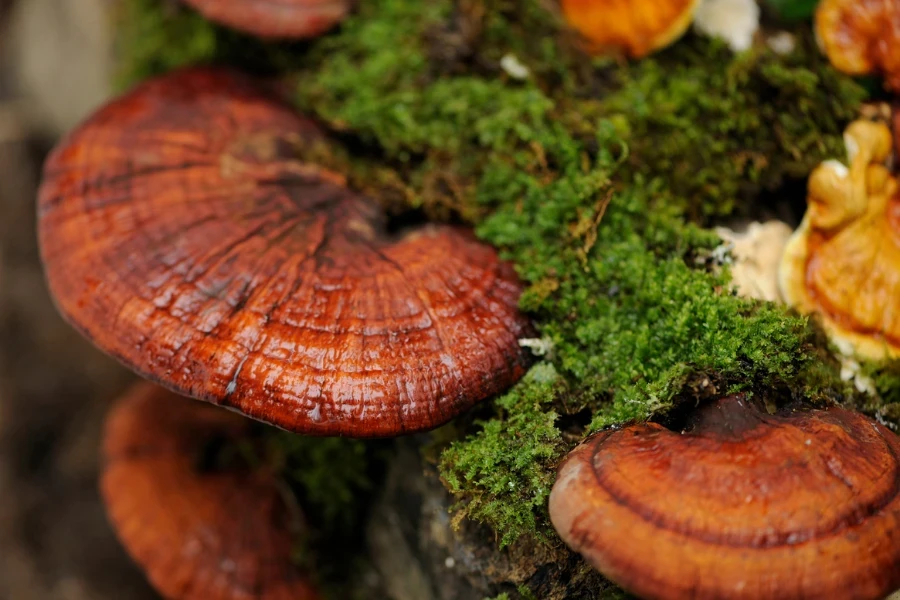
As consumers become more knowledgeable about skincare ingredients and their effects, science-meets-nature formulations continue to gain popularity by appealing to skintellectual shoppers who want both skin health and visible performance from their products.
Formulas that strategically pair adaptogenic ingredients with tried-and-tested active skincare ingredients are rising to meet this demand. Some natural and clean beauty brands are combining antioxidant-rich mushrooms like reishi and tremella with buzzy multifunctional naturals like bakuchiol in face oils and serums. This allows them to offer products with a wide range of skin-enhancing benefits from a short ingredient list.
Additionally, the soothing and balancing properties of adaptogens are being utilized to offset the potential irritation or dryness that can come with using more potent active ingredients. This creates formulas that are simultaneously results-driven yet also repairing and gentle for all skin types. For example, one luxury European skincare brand uses a trio of calming mushroom extracts to create balance and help restore the skin’s moisture barrier while also including a high concentration of youth-boosting vitamin C known for its sensitizing effects.
Skincare brands can also prioritize adaptogens that work synergistically to boost the efficacy and benefits of other proven active ingredients in the formula. For instance, one clean clinical skincare brand combines a reishi and shiitake mushroom complex, which is clinically shown to brighten skin tone, with established pigmentation-fighting actives like tranexamic acid and niacinamide in their advanced brightening serum. This allows them to offer fast results by maximizing the potential of each ingredient.
3. Soothing adaptogenic solutions for hair and scalp
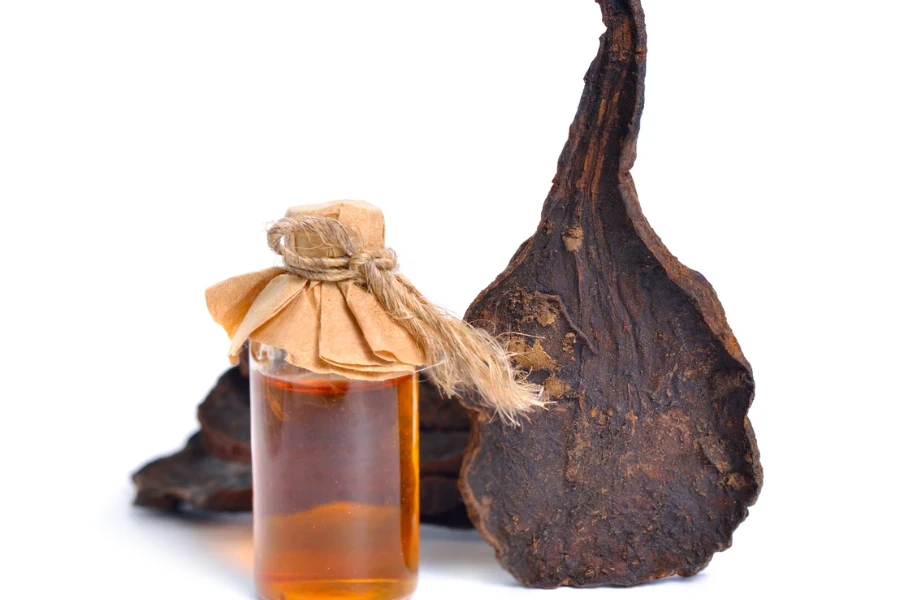
With high rates of stress and post-illness hair loss during the pandemic, consumer focus has shifted more heavily to overall hair and scalp health. Adaptogenic ingredients used traditionally for centuries are gaining mainstream popularity for their abilities to promote healthier hair growth starting from the roots.
For example, amla, an adaptogenic antioxidant-rich Indian gooseberry that has roots in Ayurvedic medicine, has been shown in studies to help tackle hair loss and greying. One haircare brand highlighted this ingredient in a range focused on strengthening hair follicles and preventing pigmentation loss through increased collagen production.
Inspired by Ayurvedic practices, another brand introduced a shampoo and conditioner targeted to soothe scalps after postpartum hair loss, which affects up to 50% of women according to research. Formulas contain ashwagandha and amla to condition strands and calm irritated, flaky scalps.
Responsible sourcing is also a priority as brands use ingredients like he shou wu, a Chinese medicinal herb traditionally used for its hair-boosting properties. Seeking transparency, some brands detail where each ingredient is ethically sourced from via supply chain maps. Further, they offset related waste by replanting ingredients like kelp in indigenous coastal regions.
For holistic hair health, brands can boost adaptogens’ stress-busting effects through adjacent rituals and tools. One brand offers a handcrafted scalp massager and shares massage techniques on its website inspired by time-honored traditions to promote at-home self-care.
4. Adaptogens in holistic beauty formats
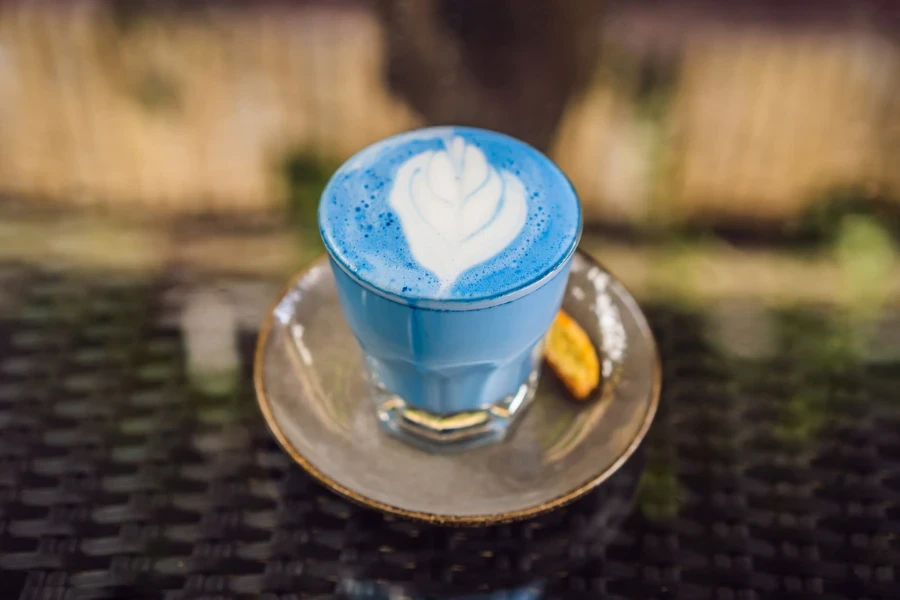
Though starting in supplements, skin and hair focused adaptogen pills and powders target holistic beauty seekers.
As the line blurs between outer and inner beauty, brands combine topicals with ingestibles. One brand offers a Nordic adaptogen serum alongside an adaptogen supplement for complementary skin immunity benefits from rhodiola, ginseng and cloudberry.
This inside-out approach also applies to haircare. A brand’s body serum and adaptogenic elixir powder both contain ashwagandha and holy basil to target stress both externally and internally.
Drinkable beauty taps into this too. An adaptogen collagen powder blends maca and butterfly pea flower to be whisked into a brightening blue latte. Herbal coffee startups add adaptogens for function over flavor.
The convenience of powders or easy drinking formats fits varied routines. Brands utilize traditional ingredients like Ayurvedic ashwagandha and Chinese herbs in modern applications.
Conclusion:
Adaptogenic ingredients present vast opportunities for beauty brands seeking on-trend natural ingredients that align with consumer priorities like ethical sourcing, clinical backing for claims, and holistic wellness. As research on adaptogens’ multifaceted benefits continues to grow, their applications in beauty, haircare, and ingestible formats will expand as well. With impressive potential still being uncovered, adaptogens are emerging ingredients to watch in the beauty space.





